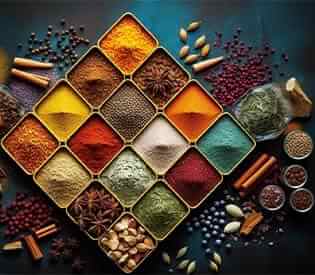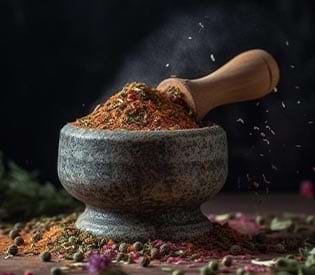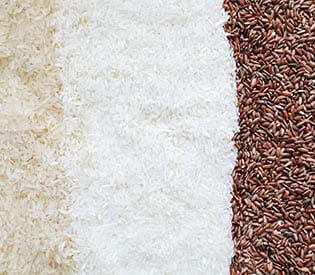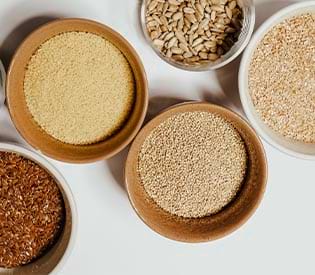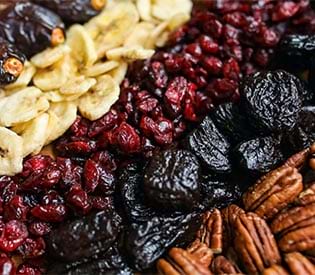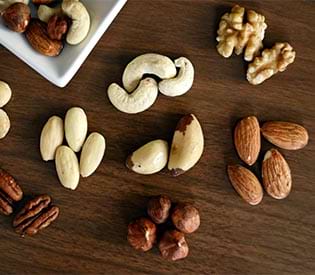Red Sandalwood
📦🚚 Fast & Free shipping on all orders
What is red sandalwood?
A red sandalwood tree exists. Bark and heartwood, the wood in the middle of the tree, are both used medicinally. Red sandalwood is used to treat a variety of ailments, including cancer, wounds, digestive system issues, fluid retention, and many more; however, these claims are not well supported by scientific research. Red sandalwood is used in the production process to flavor alcoholic drinks. White sandalwood (Santalum album) and red sandalwood (Pterocarpus santalinus) are not the same thing.
How do I use red sandalwood?
Red sandalwood powder, 1-3 grams, may be eaten with honey or water. It should be taken daily before meals for the optimum effects.
Red sandalwood benefits:
Red sandalwood is used for "blood purification," coughs, and digestive system issues. It may also help with fluid retention. Red sandalwood is used in the production process to flavor alcoholic drinks.
◉ Potential uses of red sandalwood for skin: According to 1996 research by Sandra et al., applying red sandalwood to the face may lessen skin conditions. The antibacterial properties of red sandalwood powder may work against some of the microorganisms that cause acne and pimples, lowering the likelihood of developing either condition. Both santalin A and santalin B are bioactive compounds that may be present in newly prepared Lal Chandan paste. When applied to the face, it might help reduce minor skin swelling and the unpleasant red rash. Red sandalwood's antimicrobial properties may also help to lessen prickly heat. 2. To fully understand the potential benefits of red sandalwood for skin conditions, further clinical research is necessary. See a dermatologist if you have any abnormalities on your skin. Avoid self-medication.
◉ Potential uses of red sandalwood for inflammation: According to 2018 Ratnamraju et al. animal research, red sandalwood may have analgesic and anti-inflammatory properties. It could help in lowering inflammation and the discomfort that goes along with it. Comparing the decoction of Lal Chandan powder to the common medication ibuprofen, the animals' responses to the former showed promise against acute inflammation. 3. Red sandalwood may thus be useful in reducing inflammation. However, since it is an animal study, this research is inadequate. Thus, more research involving humans is required to validate the benefits of red sandalwood. See a trained medical professional; avoid self-medication.
◉ Potential uses of red sandalwood for diabetes: red sandalwood could be able to reduce blood sugar. You may use Lal Chandan, a traditional folk remedy, to treat diabetes. According to Nagaraju et al. (1991), drinking water from red sandalwood-made cups may help prevent diabetes. Apparao et al. (2005) discovered in another study that red sandalwood may lower blood glucose levels by lowering high fat or cholesterol levels associated with diabetes. People can use Lal Chandan to treat their diabetes. To imply the advantages of red sandalwood for diabetes, however, further recent human trials are required. See a doctor if you have diabetes; do not try to treat yourself.
◉ Potential uses of red sandalwood for diarrhea and dysentery: red sandalwood could help with stomach-related problems. The infusion prepared from the Lal Chandan decoction has been suggested by Kondeti et al. (2010) as a tonic for the treatment of chronic diarrhea. The powdered red sandalwood bark may also have cooling qualities. It may be used to prevent diarrhea and to make soft porridge. 1. Additionally, research on humans is required to determine the actual benefits of red sandalwood in treating diarrhea in people. For this reason, if you experience any stomach-related issues, see your doctor. Avoid self-medication.
Where can I buy red sandalwood?
Buy red sandalwood from the health food store in the USA, Alive Herbals
Red Sandalwood information (at a glance):
| Product Name | Red Sandalwood |
| Scientific Name | Pterocarpus santalinus |
| Country of Origin | It is native to India, China, Laos, Cambodia, Vietnam, Thailand and Malesia. |
| Ingredient | Red Sandalwood. |
| Taste & Aroma | Aroma: amber, woodsy based fragrances. Taste: pleasantly tart taste |
| Shelf Life & Storage | Shelf Life is about 06 - 12 months. Store it in an airtight container in a cool, dry place and prevent sunlight exposure. |
| Precautions | We requested you, Before consuming spices, herbs, teas or any kind of natural products you consult an expert qualified healthcare practitioner or herbalist. |
| Note | This product information has not been appraised by the Food and Drug Administration (FDA). For educational purposes only. |

